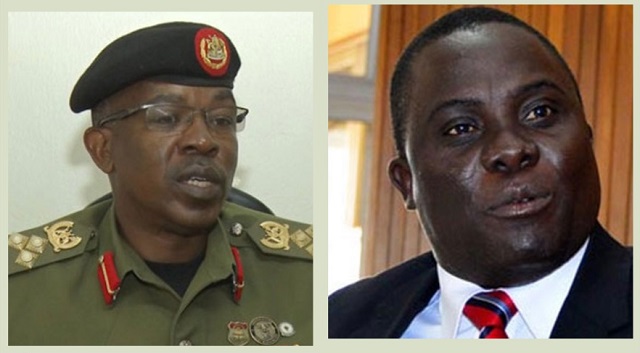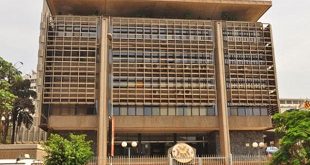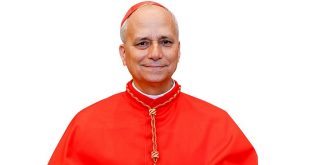
Court martial
Although the General Court Martial in Makindye has been accused of being used as a tool by Museveni to settle scores with stubborn officers, some cases have stood out on dealing with wayward officers.
When Lance Corporal Herbert Rwakihembo, a UPDF soldier returning from AMISOM duty, emptied several rounds of ammunition on his wife, there was shock and outrage from the public on the gravity of the crime.
Rwakihembo, it is said, caught his wife allegedly with another man and in a fit of rage, “wasted her”. The incident in Kampala prompted the army to hastily convene a military court and Rwakihembo was handed three sentences spanning 95 years in jail after a two-week trial. He was to serve them concurrently in a period of 30 years.
The strict code is probably one of the many principles from which the National Resistance Army (NRA) veered from in their bush war days. The NRA enforced firm respect for civilian lives in their five-year rebel war to capture power in 1986.
Now named the Uganda Peoples Defence Forces (UPDF) and with over 50,000 soldiers, it is a much more dynamic force and probably a more difficult animal to tame. The UPDF are involved in several aspects of Ugandan life, the economy and with a stake in the affairs of other countries on the continent. Discipline of the UPDF has been a mainstay issue for the army that recently marked 39 years. But that appears to be going down a slippery slope.
Discipline during NRA days
During the guerilla war the NRA fought against the Obote II government from 1981-1986, the army enforced a strict regimen of discipline. Any rebel that shot dead a civilian either out of drunkenness or sheer recklessness was subjected to instant firing squad, from several accounts by the NRA fighters.
Named the UPDF after the capture of Kampala in 1986, the army went through different phases under its different commanders and their respective ideological inclinations. First was Elly Tumwine, who made a name as a stickler for rules and a soldier bureaucrat. Salim Saleh, the President’s brother who came in shortly after did not have as much impact as he was fired from the position within two years on allegations of lack of sobriety.
The subsequent commanders; Mugisha Muntu, Jeje Odongo, and James Kazini were to prove vital for the army. Although Muntu was an ideologically astute officer, it was under his time, in the 1990s, that the UPDF witnessed its first major forays into inefficiency and corruption. The purchase of junk helicopters, some observers say, happened because Museveni never let a single commander have total authority on the day-to-day affairs of the army. Because of this, corruption was able to thrive regardless of who was on top.
Corruption and malfeasance appears to have hit a crescendo when Museveni appointed Jeje Odong and James Kazini as army commanders in 1998 and 2001 respectively. At the height of the Congo wars where the Ugandan army was involved, the UPDF was accused of looting timber and other minerals in the Democratic Republic of Congo (DRC).
The army exploits in DRC seem to have sowed the seed of the ideological disorientation that Museveni keeps talking about.
It was not until the late Aronda Nyakairima was appointed army commander in 2003 that normalcy returned and corruption stories dried up. His ten year reign as Chief of Defence Forces saw a semblance of respect in the UPDF and a subtle realisation of Museveni’s quest to professionalise the army.
“The 39 years is just another phase of the struggle to have a people’s army. The UPDF is a clean force that must now guard against any contamination,” the President said during the UPDF’s anniversary celebrations held in Nakaseke district.
The event was held under the theme: ‘Consolidating the UPDF partnership with the people to safeguard the gains of the liberation.”
With talks that the army is being expanded from 50,000 to 100, 000, it will even be a bigger challenge for the UPDF on how to control gun violence by its own.
****
 The Independent Uganda: You get the Truth we Pay the Price
The Independent Uganda: You get the Truth we Pay the Price



